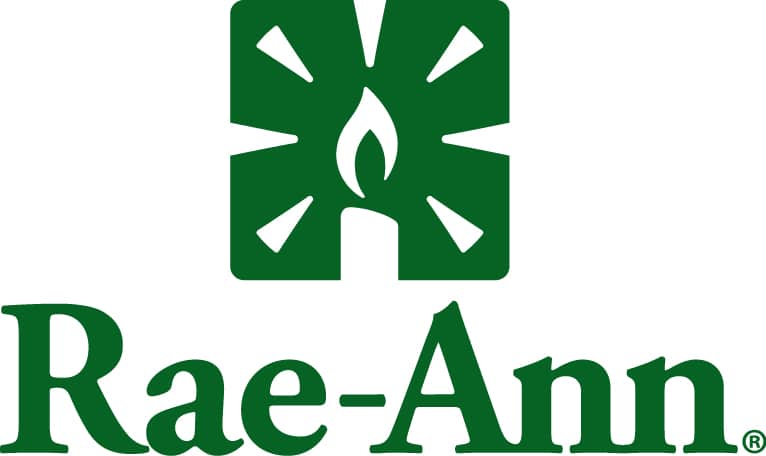The cost of higher education continues to increase, with the average cost of college now hovering around $38,000 per student per year, according to the Education Data Initiative. The good news is that there are practical ways to set money aside for college that also come with tax benefits—such as a 529 plan.
Before opening a 529 plan for a dependent child, however, there are some things parents and guardians should know about what these plans entail and how to withdraw the money from a 529 wisely.
What Is a 529 Plan?
Specifically, a 529 plan refers to an educational savings plan that is sponsored by an individual state (usually, the state where the dependent lives). This type of plan is designed to help parents, guardians and dependents set aside money to pay for educational expenses down the road. A 529 can be opened at any time, but starting early is the best way to maximize the gain on the investment.
How 529 Plans Are Taxed
From a tax perspective, contributions made to a 529 plan are typically taxed at both the federal and state levels (though this can vary from one state to the next). However, most states offer some kind of tax deduction or credit, either as a one-time credit or on a recurring basis. This credit is usually a percentage of the amount contributed to the 529, which can help to offset taxes.
It is also worth noting that when a student withdraws funds to use for qualifying education expenses, the money is not taxed at the federal level as long as the withdrawal doesn’t exceed the student’s adjusted qualified higher education expenses (QHEEs).
529 Best Practices
People may contribute to a 529 plan for many years before a dependent actually needs to withdraw funds from the investment account. However, it’s important for account holders to understand what to expect when it does come time to use those funds for school. By withdrawing money wisely, it is possible to maximize tax benefits while minimizing the potential for penalties or other obstacles.
Below are some of the most important things to keep in mind when preparing to use 529 funds to pay for school.
Understand Qualified Expenses
First, account holders should take some time to understand which educational expenses qualify for using 529 funds, as not all do. Generally, there is a limit of $10,000 per year per beneficiary, which may not be enough to cover all educational expenses for a student.
What are considered qualified expenses? Typically, these include:
- Tuition and fees
- Room and board (in most cases, though there are exceptions)
- Textbooks required for classes
- Computers and related tech/equipment
Knowing which expenses are considered “qualified” is important because if funds from a 529 are used for a non-qualifying expense, this could result in taxes and an additional penalty of up to 10%.
Plan Carefully for Withdrawals
There are also different ways to withdraw and use funds from a 529 account, so this needs to be taken into consideration as well. One option is to withdraw the money and have it sent directly to the school to cover educational expenses. Another option is to move the money from a 529 account into a personal bank account.
Regardless of the option chosen, it is important to plan ahead. Funds can take several days (or more) to process and transfer, so requesting the withdrawal with plenty of time to meet payment deadlines is a must.
Keep Receipts and Detailed Records
Last but not least, 529 account holders should be especially diligent about recordkeeping. Most plans will provide account holders with an annual statement covering their contributions, earnings and withdrawals. However, account holders are the ones responsible for keeping records of all their withdrawals and spending. This way, if any issues arise, it is possible to show proof with a receipt or other documentation.
What’s Next?
Opening a 529 plan can be a great way to start saving for a dependent’s higher education—especially since the funds from a 529 can be used not just at colleges and universities, but trade schools and other educational settings as well. The key, of course, is to understand how to make withdrawals in such a way that maximizes tax benefits and avoids potential penalties or interest. In doing so, account holders can help their students get the most out of their 529 plans and ease the burden of paying for a higher education.
If you have any questions or would like additional information, please contact our investment planning team.

Featured Client Testimonials
BW is a true partner to us. Their knowledge, expertise, and service are a valuable resource to us and play an important role in our success!
John Allen - Vice President of Finance, Kaufman Container

Featured Client Testimonials
I appreciate the exceptional tax advice we received over the years. The (BW team) has a good grasp of our business needs. Thank you for your excellent service.
John Griffiths - Owner, Rae Ann, Inc.

Featured Client Testimonials
The BW team has been fantastic to work with; both the team member at our office as well as at the partner level. Any issues or concerns are handled very efficiently and effectively.
Kelley Needham - Chief Executive Officer, Epilepsy Association

Featured Client Testimonials
Barnes Wendling has been our company accountants for over seven years. Their knowledge has been instrumental in helping us grow strategically during this time. And although we’ve seen many changes in our economy that we cannot control, we’ve always been able to trust the Barnes team to be by our side. The Barnes team feels like family. We can’t thank them enough for their support!
Christine Kloss - Controller, AT&F

Featured Client Testimonials
Barnes Wendling has been our company accountants for over 15 years. During this time, the business has grown exceptionally, and Barnes has kept pace, providing accurate, quality advice. Our finances are more efficient than ever, and the expense of hiring Barnes has been a definite positive add to our bottom line. I give my highest recommendation to their firm.
David Miller, MD - President, Retina Associates of Cleveland

Featured Client Testimonials
Barnes Wendling has provided us guidance and recommendations that have strategically helped strengthen our business and position ourselves for growth. We needed to hire a new VP of Finance and Controller this past year, and they were instrumental in helping us find the best candidates for our company.
Sara Blankenship - President, Kaufman Container

Featured Client Testimonials
We value the trust, accuracy of information, and reliability of Barnes Wendling and Mike Essenmacher personally. Mike has been instrumental as a trusted advisor on accounting, tax, and personnel issues. His advice is always accurate, and he is very reliable. His associates are also very talented.
Dominic Ozanne - President and CEO, Ozanne Construction Company

Featured Client Testimonials
We value Barnes Wendling’s expertise with all things accounting so we can operate our business using our strengths and allowing them to be our experts. They have also brought me a few business sale opportunities to allow me to grow my assets.
John Gaydosh - President and Metallurgical Engineer, Ohio Metallurgical Service

Featured Client Testimonials
Barnes Wendling (especially Lena) did a great job with our financials. Everything. It is extremely refreshing and comforting to know that all of our numbers are not only correct, but they are in the right place(s). Your diligence and reporting truly does make me (personally) feel better.
Thomas Adomaitis - Controller, Bialosky Cleveland

Featured Client Testimonials
I can wholeheartedly tell you that I have yet to work with an audit or tax team that have been more helpful, easy to work with, and committed than the team at Barnes Wendling- I have been through three different firms in the last few years.
Michelle Saylor, Former Controller, Aero Mag

Featured Client Testimonials
Floyd Trouten at Barnes Wendling CPAs is an “expert’s expert” when it comes to M & A accounting. Not only does he understand the evolving details of the Tax Code but he also sees the fine points of their application for owners, managers, investors, and financiers.
Mark A. Filippell, Western Reserve Partners

Featured Client Testimonials
The service is amazing at Barnes Wendling CPAs. The benefit is worth more than the cost. Sometimes it’s true that you get what you pay for.
Mark Boucher - Former Owner, Castle Heating & Air






